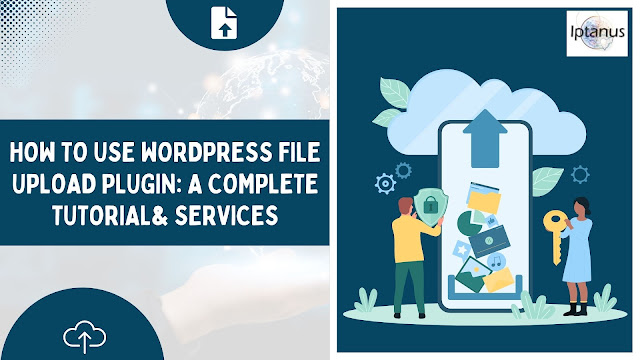Why File Upload Security Should Be Your Top Priority
In today's digital world, websites often act as gateways to sensitive information. Whether it's customer data, confidential documents, or user-generated content, the responsibility of safeguarding it lies squarely on website owners' shoulders. And with WordPress powering over 40% of all websites, ensuring File Upload Security within this platform becomes paramount.
But why exactly should file upload security be your top priority? Think of it this way:
- Malicious code injection: A seemingly harmless document upload could be harboring malicious code, waiting to unleash itself on your server and wreak havoc.
- Data breaches: Hackers exploit wordpress file upload plugin vulnerabilities to gain access to sensitive data, putting your users and your business at risk.
- SEO manipulation: Malicious content uploaded through your site can negatively impact your SEO rankings, affecting your online visibility.
- Denial-of-service attacks: Hackers can exploit weak upload functions to flood your server with massive files, crashing your website and disrupting operations.
- Compliance issues: Data breaches due to lax file upload security can lead to hefty fines and legal repercussions.
The potential consequences are dire, making file upload security non-negotiable. But fear not, WordPress users! Here's how you can turn the tables on digital threats:
1. Leverage Free vs. Paid Security Plugins:
- Free options: Wordfence Security, Sucuri Security, All In One WP Security & Firewall offer basic file upload scanning and protection.
- Paid options: iThemes Security Pro, WPS Hide Login, VaultPress offer advanced features like malware detection, login hardening, and real-time monitoring.
2. Limit File Types and Sizes:
Restrict acceptable file types to those necessary for your website's function. Set reasonable file size limits to prevent large file attacks.
3. Enforce Strong File Names:
Disable the upload of files with special characters or potentially harmful extensions.
4. Utilize Two-Factor Authentication (2FA):
Implement 2FA for user accounts to add an extra layer of protection against unauthorized uploads.
5. Update Regularly:
Keep your WordPress core, plugins, and themes updated to patch any known vulnerabilities.
6. Choose Secure Hosting:
Opt for a hosting provider with built-in security features and regular backups.
7. Stay Informed:
Educate yourself and your team about the latest file upload security threats and best practices.
Bonus Tip: WordPress Upload Plugins:
While core security measures are crucial, consider these wordpress plugins free for added peace of mind:
- WP File Manager: Manage and filter file uploads within the WordPress dashboard.
- Image Optimization: Reduce image file sizes without compromising quality, further mitigating potential attacks.
- Limit Login Attempts: Thwart brute-force attacks by limiting failed login attempts.
By prioritizing file upload security and implementing these recommendations, you can ensure your WordPress website becomes a fortress against digital threats. Remember, your website's safety is your responsibility, so take charge and secure your files today!


Comments
Post a Comment